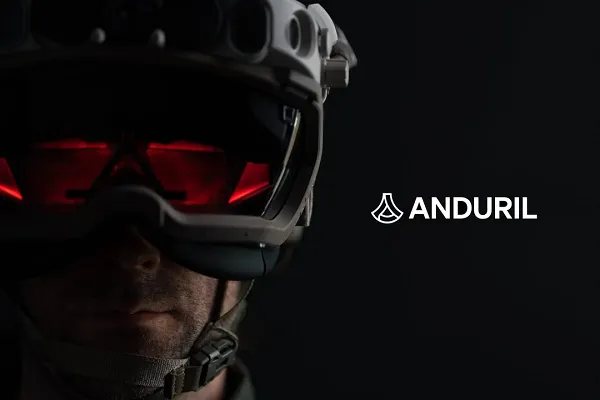Emerging Military Technologies: Meta and Anduril’s Strategic Partnership for Next-Generation Combat Gear
In an era where technological innovation is rapidly transforming defense strategies, the collaboration between Meta and XR specialist Anduril stands out as a significant development. This alliance aims to pioneer advanced virtual and augmented reality (VR and AR) equipment tailored specifically for the U.S. military, signaling a new chapter in defense technology set to unfold by 2025.
Revolutionizing Military Operations with Cutting-Edge XR Devices
According to statements from Anduril, the joint effort focuses on designing, branding, and deploying a comprehensive suite of integrated XR products. These tools are intended to enhance soldiers’ situational awareness and facilitate intuitive control of autonomous systems on the battlefield. The project builds upon over ten years of combined investment by both companies in hardware development, software engineering, and artificial intelligence, aiming to deliver a transformative military experience.
Why This Partnership Makes Strategic Sense
Meta’s expertise in AR and VR technology, especially in miniaturizing core components for portability and user comfort, complements Anduril’s focus on developing next-generation military capabilities. While Meta has made significant strides in creating lightweight, user-friendly AR glasses, Anduril is dedicated to advancing military-grade systems that incorporate night vision, thermal imaging, and augmented reality functionalities. This synergy could redefine how soldiers operate in complex combat environments.
Historical Context and Leadership Dynamics
Founded by Palmer Luckey, a former Meta VR executive, Anduril has a notable pedigree in defense innovation. Luckey’s background in virtual reality and his experience at Meta have contributed to the company’s focus on immersive military tech. Despite a controversial departure from Meta in 2016-linked to political donations-Luckey and Meta have since pursued separate paths. However, their renewed collaboration suggests a shared vision for integrating advanced XR solutions into military applications.
Upcoming Projects: The EagleEye Initiative
According to The Washington Post, the initial focus of this partnership will be the development of a new military headset, dubbed “EagleEye.” This device is set to replace the existing Microsoft HoloLens-based system, known as the Integrated Visual Augmentation System (IVAS). The new version aims to incorporate night vision, thermal sensing, and enhanced augmented reality features, leveraging Meta’s recent advancements in processing chips and compact AR hardware.
Innovations in AR Hardware and Their Military Implications
Meta has already made significant progress in creating lightweight AR glasses designed for everyday use, emphasizing style and comfort. These innovations are crucial for military applications, where reducing weight and increasing processing power are vital for operational efficiency. The partnership with Anduril aims to adapt these consumer-grade technologies for tactical use, enabling soldiers to access real-time data seamlessly during combat missions.
Ethical Considerations and Future Outlook
While the prospect of Meta’s involvement in military tech raises questions about privacy and ethical boundaries-given the company’s extensive data collection and AI development-the potential benefits are undeniable. Enhanced battlefield awareness, improved communication, and faster decision-making could significantly increase soldier safety and mission success. Both Zuckerberg and Luckey have expressed enthusiasm about working together again, signaling a promising future for military innovation.
Practical Impact for Soldiers and Defense Strategies
In the near future, soldiers might be able to transmit real-time updates from the field simply by speaking commands into their AR headsets. This technological leap could streamline communication, reduce response times, and improve coordination during complex operations. As these systems become more integrated into daily military routines, the line between science fiction and reality continues to blur, heralding a new era of warfare driven by immersive technology.
Final Thoughts: A Double-Edged Sword?
While the advancements promise to revolutionize military tactics, they also raise concerns about the broader implications of integrating commercial tech giants into defense infrastructure. The potential for misuse or unintended consequences remains, but for now, the focus is on harnessing these innovations to bolster national security. As the partnership progresses, it will be essential to balance technological progress with ethical responsibility, ensuring that these powerful tools serve peace and stability rather than conflict.

